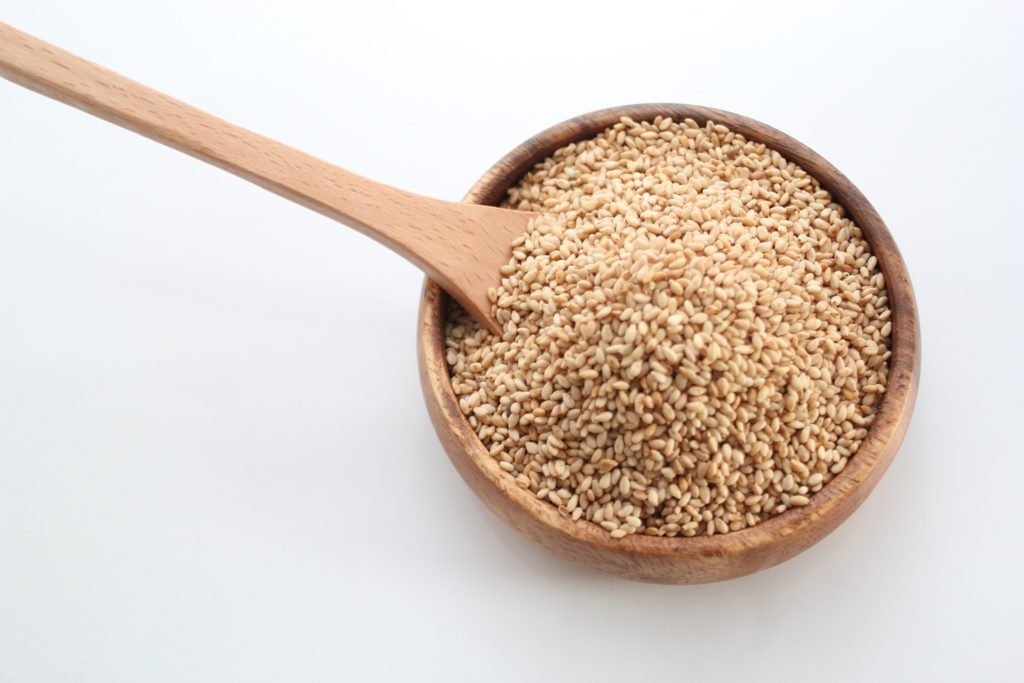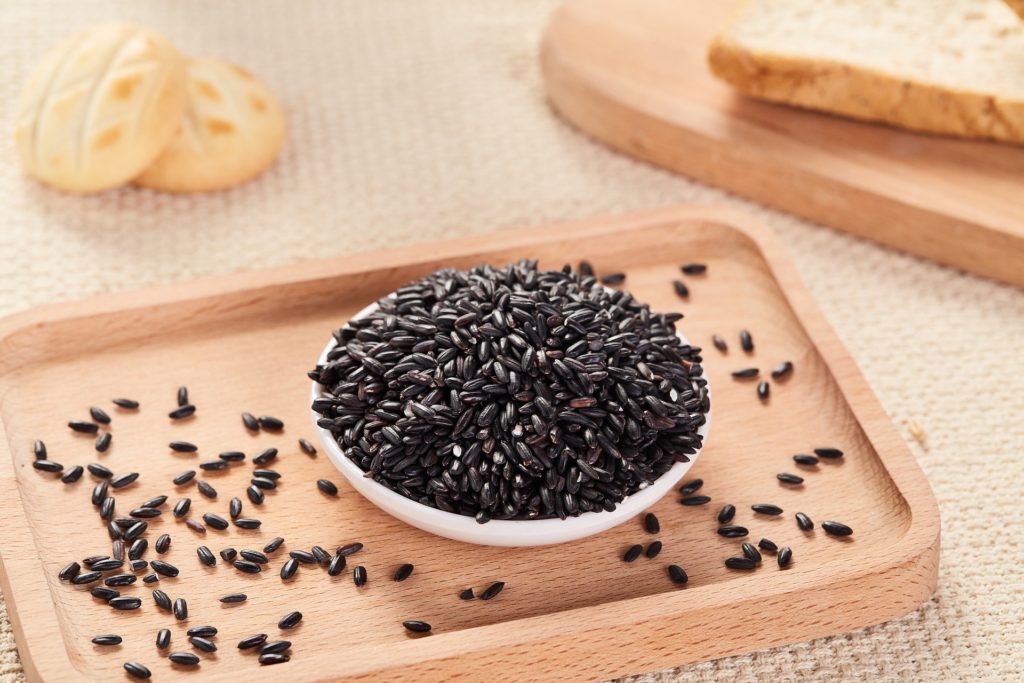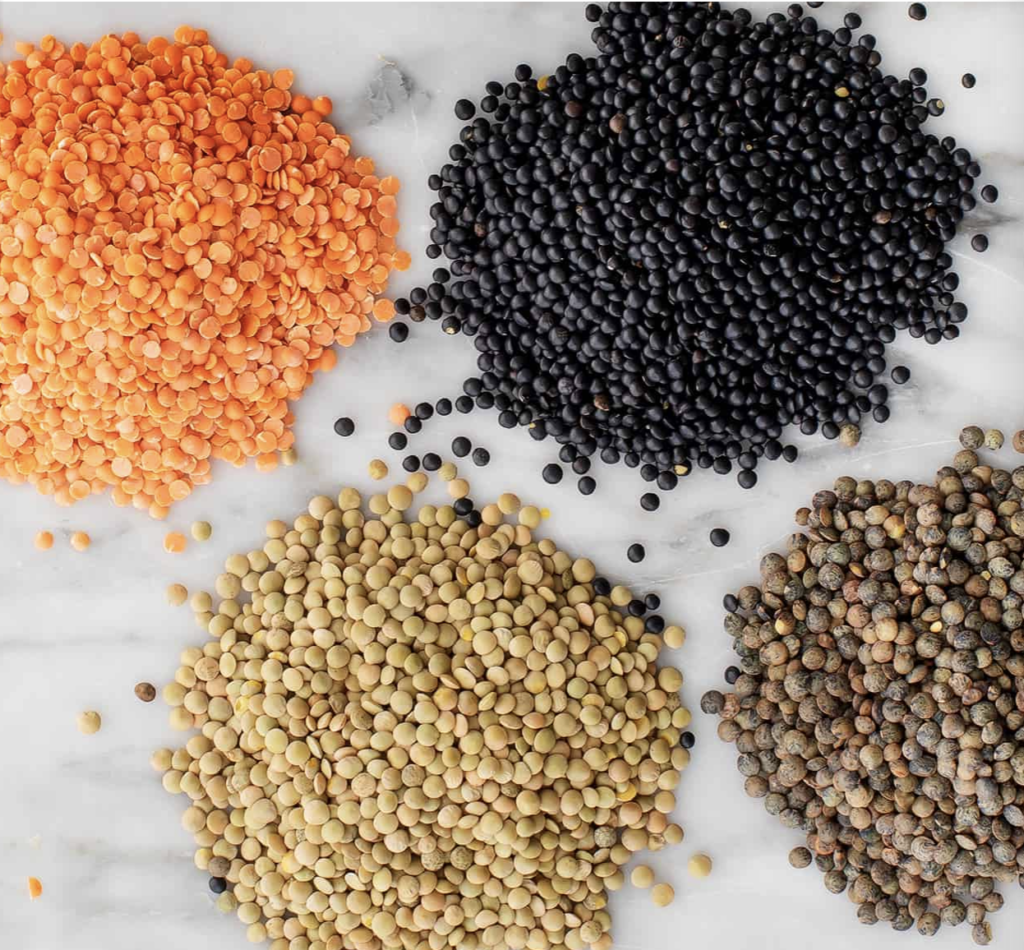
TAHINI – a pantry staple:
Sesames seeds (tahini) are nutrient dense and one of the oldest known plant grown for its seeds and oil. Sesame seeds are particularly high in calcium. Only 1/4 cup of sesame seeds contains 350mg of calcium, which compares to 290 mg of calcium in 1 cup of cow milk. Sesame seeds help lower cholesterol, promote healthy bowels as well as lactation for nursing mothers. They contain more than 35% protein, more than any nut, and boast high antioxidant properties…Besides using tahini in my cooking, I also like to use sesame seeds as garnish on salads and soups and any Asian dishes. It’s a great way to add a source of calcium while sticking to a plant-based diet.

I love FORBIDDEN BLACK RICE. The name alone makes it so enticing. Why forbidden? Doesn’t it just make you want it more? It’s not just the name that makes this rice variety appealing. Its delicious roasted nutty taste and deep color makes any dish extra special. The dark color is indicative of its super antioxidant power. It contains phytonutrients called anthocyanins (also found in blueberries, acai and grapes), which help lower the risk of heart disease, cancer, macular degeneration and inflammation. Not surprising, this ancient grain was also known as “longevity rice” and reserved for the emperors of China. Not so forbidden anymore – pick it up from your local natural foods market!

Lentils are a staple in a plant-based diet. They are easy to prepare with no soaking needed and cooking time is quick, relative to other beans. It’s my go-to, especially when I don’t have a dinner plan ahead of time! Lentils offer a wide range of nutrition. They not only do they cover all the macronutrients – protein, carbohydrates and fat, they also contain polyphenols (natural plant compound with powerful antioxidant properties), fiber, minerals and other bioactive compounds. They are particularly high in folate, manganese, iron and phosphorous. Lentils are one of the most alkaline protein sources there is, which is important for balancing the body’s pH level and promoting a healthy gut. They have the third-highest level of protein by weight of any legume or nut, coming just after soybeans and hemp seeds. As a high-protein food, they contain about 18 grams of protein in every one-cup serving — the equivalent to eating about three whole eggs! They contain a lot of insoluble fiber, which helps stabilize blood sugar levels. It also helps the body excrete waste and toxins from the body – what a great choice for detoxing! There are a variety of types including red, brown, French, black, yellow, brown. While their nutritional profile is similar, they are not interchangable and have different applications in cooking.